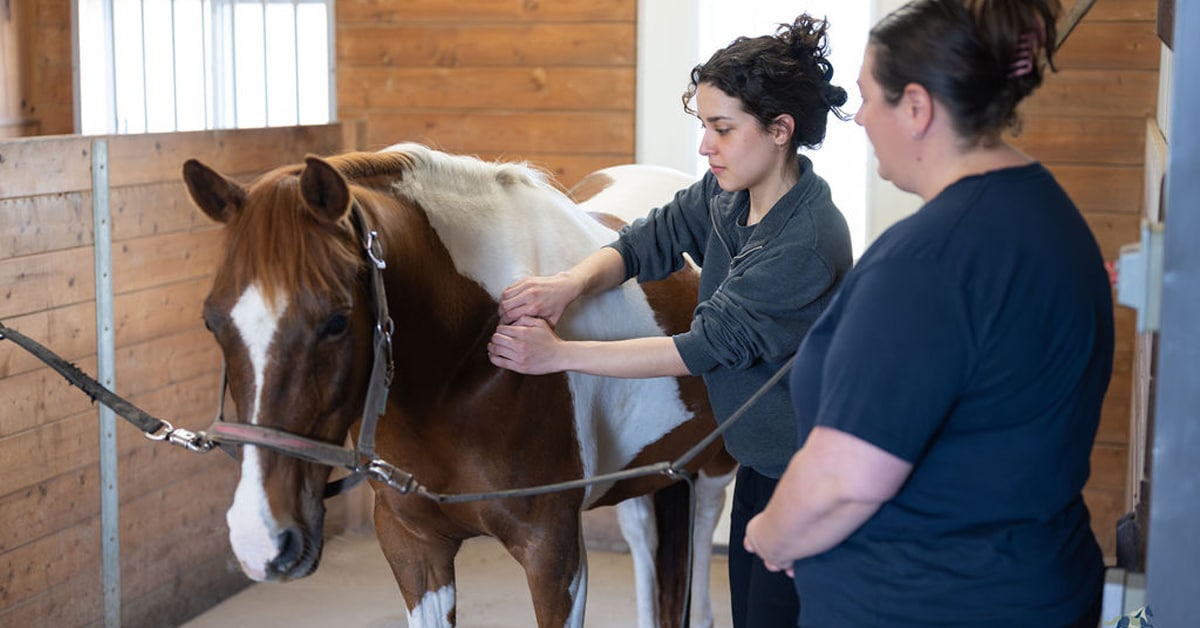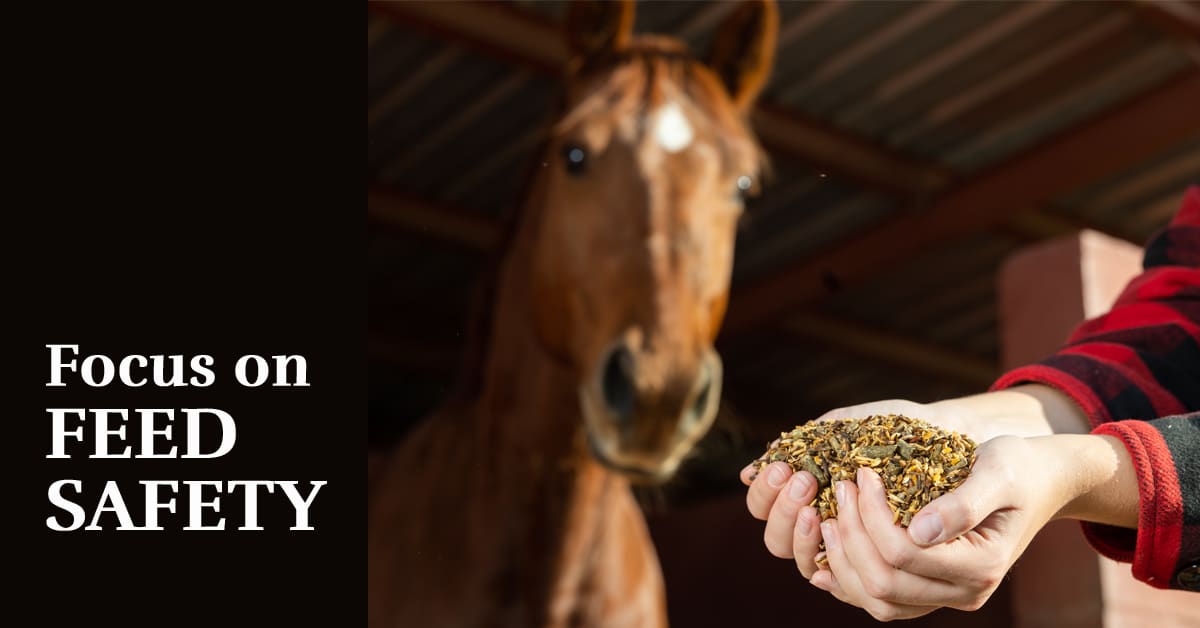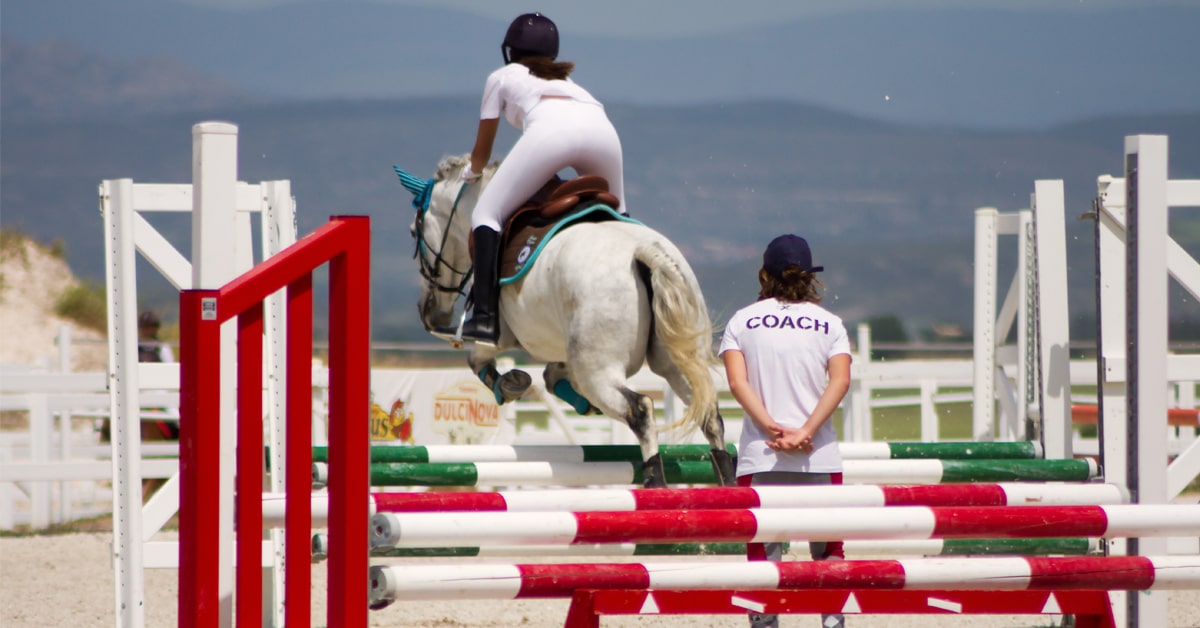Have you or your horse ever been injured in connection with transporting them? If so, you are not alone. A recent survey of professional and amateur horse industry participants from New Zealand has revealed that one in ten people have been injured within the last two years during the trailering process. These range from being stepped on, kicked, or suffering hand injuries, broken bones and head trauma.
Of course, investigating the risk and preventing these injuries is paramount. Unfortunately, despite better design and use of safety equipment when working with horses, the number of injuries has not declined among humans and horses during transport. This problem matters to both professional and amateur competitors, as injuries can lead to time off work and financial duress, as well as affect our enjoyment of the time we spend with horses.
‘One Welfare’
According to professor Chris Riley of the Ontario Veterinary College at the University of Guelph, and one of the researchers who conducted the New Zealand study, there is an increased understanding of shared human–animal risk in terms of “one welfare”, whereby when animals are at risk, so are people. A good example of this is the cross-country phase of eventing, which can be risky to both horse and rider. Improvements to the course (footing, frangible pins, etc.) make it safer for both and can help reduce the risk involved.
Riley says we need to do the same when it comes to horse transport, and there is a need for a multifactorial approach. “In equine practices, we often look separately at horses, people or the vehicle, but usually their fates and their welfare is interlinked,” says Riley.
Riley and his colleagues surveyed equestrians in New Zealand about their experiences and injuries suffered during road transport of horses. As a result, they have written five papers intending to provide a more holistic approach to all the aspects of transport.
The survey findings were eye-opening. Out of the 1,067 surveyed horse owners, 10.5% of the owners and handlers had experienced a horse-related injury while preparing, loading, travelling with, or unloading horses. Of these, four in ten had multiple injury types, and one-third had several body parts affected. Injured respondents were associated with being female, younger, and less experienced.
“It may be difficult to anticipate a head injury, but it is not difficult to put your helmet on.”
The survey showed that most injuries, not surprisingly, happened to the extremities – hands (46%) and feet (26%) – underlining the importance of wearing proper gloves and safety footwear when handling horses from the ground. There were lower rates of face or head injuries, but the consequences of such injuries can be the most severe. Helmets can decrease the severity of the head injury and may even prevent serious damage altogether. Even if not fatal, concussion or head trauma can be lifelong and cause depression and other mental health issues, and increase the early onset of dementia. “It may be difficult to anticipate that kind of injury, but it is not difficult to put the helmet on,” advises Riley.
Leaving the safety of home and being hauled long distances can be anxiety-inducing for any animal. Going into a dark trailer where the horse can’t see can cause a lot of stress for them, and when the horse is anxious, people are at risk of injuries. If you yourself are tired or anxious ‒ not uncommon on a horse show day ‒ you may not be careful loading the horse, or may forget to ensure the vehicle is safe. Riley notes that if we are in a hurry, we also may not recognize and respect the horse’s communication. In the case of a reluctant loader, for instance, instead of taking a break and returning to try again later, we may be tempted to push the horse into the trailer with a rope around his haunches. This may only exaggerate his anxiety, putting the horse at risk and increasing the chance of injury to himself and the people around him. Riley underlines the importance of training your horse in a non-fearful, calm situation to understand what is expected of him.
Expect the Unexpected
Many people think they know their horse intimately and assume nothing unusual will happen. However, with horses everything can happen in a split second.
Loading and unloading horses is a high-risk task, and we must focus our attention and concentrate on the job, says Riley. He has seen people loading horses only wearing flip-flops with no helmet or gloves. It is a part of the laissez-faire attitude towards safety, and experience with horses will not necessarily protect one against injury, according to Riley, because the more often you transport horses, the higher the chance that an injury will happen at some point.
Injuries during transport can be caused by vehicle accidents caused by other road users who don’t understand or respect the vehicles transporting animals and trucks and trailers being unable to turn or stop quickly. Sometimes inattention is the cause of an accident; for example, one Australian survey found that the people who answered their cell phones while driving were likelier to report an animal being injured. Another distraction could be having a camera in the trailer, which can take the driver’s attention off the road if they are looking at the camera while driving.
While transporting horses is necessary, it must conducted to ensure the safety of humans and prioritize the welfare of horses. Riley concludes that the best way we can do this is through training and education and to make choices based on evidence-based facts. (Note: Equine Guelph offers an excellent some excellent safe trailering resources.)
Safe travels!
The Latest









